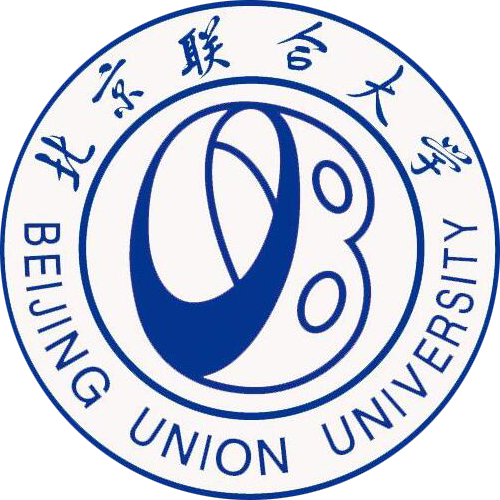详细信息
基于UPLC-Q-TOF-MS技术结合化学计量学的毛叶香茶菜不同部位化学成分研究
Analysis of chemical compositions in different parts of Isodon japonicus using UPLC-Q-TOF-MS technique combined with chemometrics
文献类型:期刊文献
中文题名:基于UPLC-Q-TOF-MS技术结合化学计量学的毛叶香茶菜不同部位化学成分研究
英文题名:Analysis of chemical compositions in different parts of Isodon japonicus using UPLC-Q-TOF-MS technique combined with chemometrics
作者:胡倩南[1,2];田春芳[1,2];魏朝法[2];兰晓燕[2];李翔[2];周利[2];邱子栋[2];张元[4];朱加明[3];李文跃[3];康利平[1,2]
第一作者:胡倩南
机构:[1]天津中医药大学,天津301617;[2]中国中医科学院,中药资源中心,道地药材品质保障与资源持续利用全国重点实验室,北京100700;[3]浙江省胡庆余堂中药现代化研究院,北京100023;[4]北京联合大学生物化学工程学院,浙江杭州311100
第一机构:天津中医药大学,天津301617
年份:2024
卷号:49
期号:9
起止页码:2478-2488
中文期刊名:中国中药杂志
外文期刊名:China Journal of Chinese Materia Medica
收录:CSTPCD;;Scopus;北大核心:【北大核心2023】;CSCD:【CSCD2023_2024】;PubMed;
基金:中央本级重大增减支项目(2060302-2205-03);浙江省“尖兵”“领雁”研发攻关计划项目(2022C03131);中国中医科学院科技创新工程项目(CI2021A05206,CI2023C071YLL,CI2021A04504,CI2021A04007,CI2023E002)。
语种:中文
中文关键词:毛叶香茶菜;根部;茎叶;UPLC-Q-TOF-MS;黄酮类化合物;苯丙素类化合物
外文关键词:Isodon japonicus;root;stem and leaf;UPLC-Q-TOF-MS;flavonoids;phenylpropanoid
摘要:为了分析毛叶香茶菜Isodon japonicus根部和茎叶部分的化学成分异同并进行其质量评价,该文利用UPLC-Q-TOF-MS技术,在系统表征其化学成分的基础上,分析鉴定其主要化合物的结构,并利用对照品建立了其同时含量测定的方法。共在线鉴定或推测了毛叶香茶菜中34个主要化合物的结构,包括对照品确定的14个化合物,并建立了其中11个化合物[丹参素、单咖啡酰酒石酸、新西兰牡荆苷、(1S,2S)-globoidnan B、芦丁、(+)-rabdosiin、(-)-rabdosiin、(1S,2S)-rabdosiin、shimobashiric acid C、迷迭香酸、胡麻素]的UPLC-UV含量测定方法。11个化合物的分离度良好,稳定性和重复性良好,且线性范围宽(0.10~520.00μg·mL^(-1))、线性好(R2>0.999),平均回收率在94.72%~104.2%。主成分分析(PCA)结果显示根部和茎叶部分差异明显,能良好聚类分离,采用正交偏最小二乘法判别分析(OPLS-DA)模型筛选到6个准确鉴定的主要差异化合物,分别为迷迭香酸、shimobashiric acid C、表诺多星、胡麻素、芦丁、(1S,2S)-rabdosiin。综上,该文建立了一种可以区分毛叶香茶菜不同部位的策略和方法,并能用于毛叶香茶菜的质量控制,为毛叶香茶菜的合理利用和可持续发展提供了依据。
In order to analyze the similarities and differences of chemical compositions between the roots and stems and leaves of Isodon japonicus(IJ), this study utilized UPLC-Q-TOF-MS technology to systematically characterize its chemical compositions, analyzed and identified the structure of its main compounds, and established a method for simultaneous determination of its content by refe-rence substance. A total of 34 major compounds in IJ, including 14 reference compounds, were identified or predicted online. Moreover, an UPLC-UV content determination method was developed for 11 compounds [danshensu, caffeic acid, vicenin-2,(1S,2S)-globoidnan B, rutin,(+)-rabdosiin,(-)-rabdosiin,(1S,2S)-rabdosiin, shimobashiric acid C, rosmarinic acid, and pedalitin]. The method exhibited excellent separation, stability, and repeatability, with a wide linear range(0.10-520.00 μg·mL^(-1)) and high linearity(R^(2)>0.999). The average recovery rates ranged from 94.72% to 104.2%. The principal component analysis(PCA) demonstrated a clear difference between the roots and stems and leaves of IJ, indicating good separation by cluster. Furthermore, the orthogonal partial least squares discriminant analysis(OPLS-DA) model was employed, and six main differentially identified compounds were identified: rosmarinic acid, shimobashiric acid C, epinodosin, pedalitin, rutin, and(1S,2S)-rabdosiin. In summary, this study established a strategy and method for distinguishing different parts of IJ, providing a valuable tool for quality control of IJ and a basis for the ratio-nal utilization and sustainable development of IJ.
参考文献:
![]() 正在载入数据...
正在载入数据...


